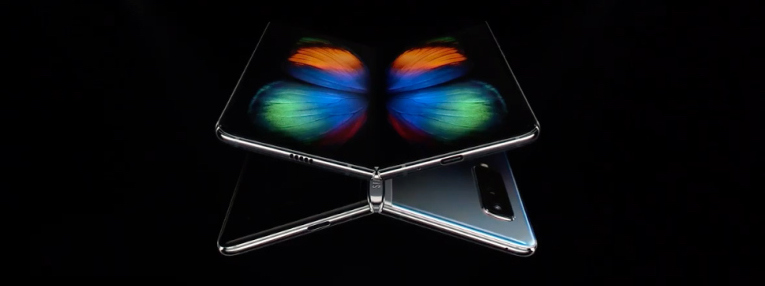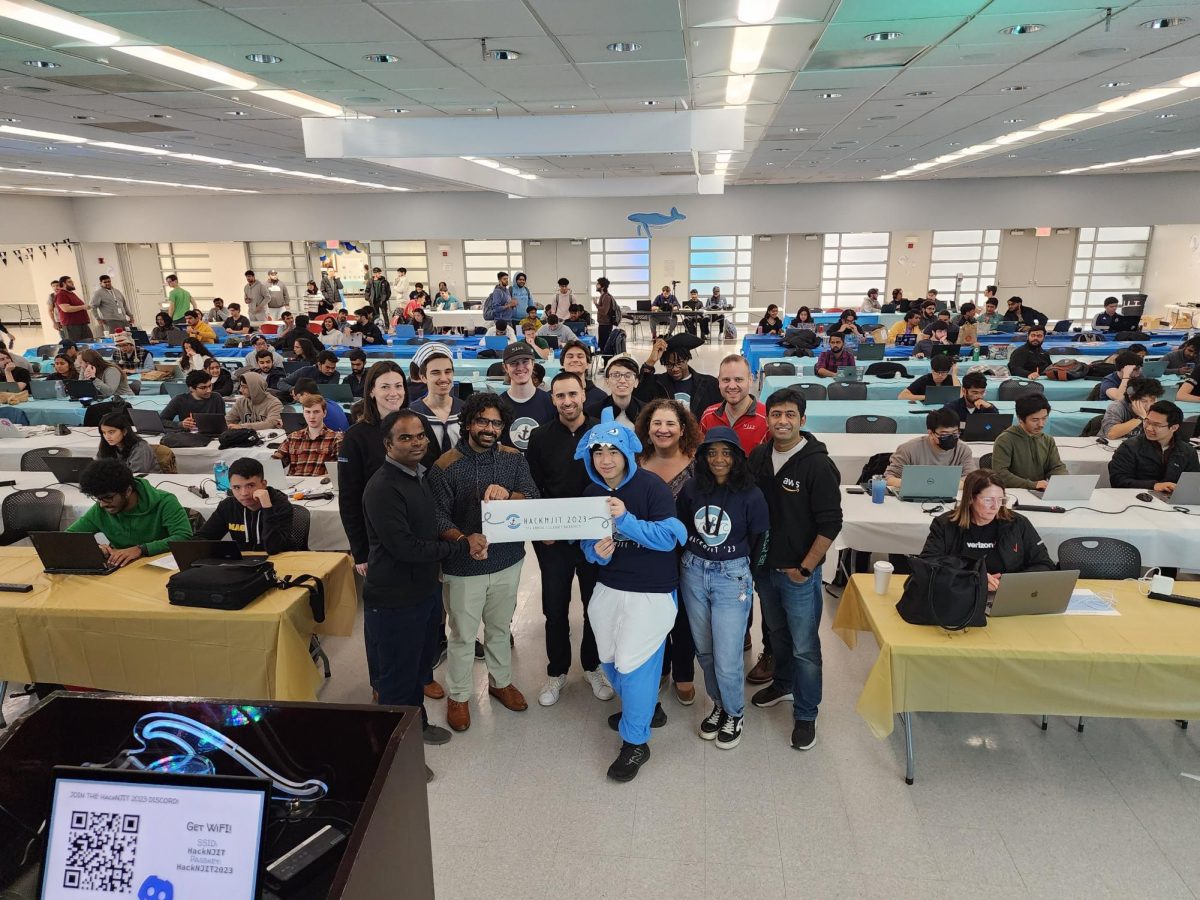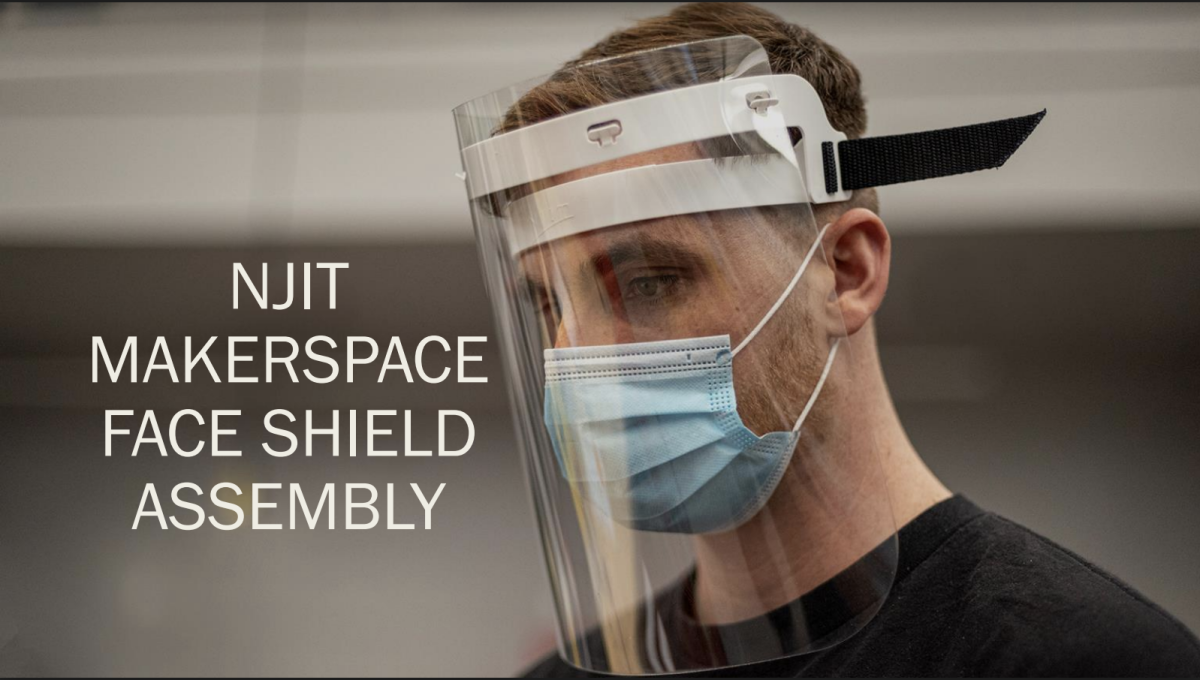An ergonomic device worn over the eyes that allows users to mix reality and holograms
On Feb. 20, Samsung held their annual Galaxy Unpacked event to deliver exciting news and showcase their newest tech to all current and potential consumers.
The Unpacked event began with the unfolding of the company’s latest phone—the Galaxy Fold, a powerful smartphone that happens to be 7.3 inches long. The device uses an infinity flex display that can be folded down to a compact 4.6-inch version. While the bigger screen is folded in, the outer screen is available for use in a minimalistic manner, so as to drain the least amount of battery.
Samsung managed to design this device using a proper hinge as a backbone with multiple interlocking gears hidden under the massive display. The Galaxy Fold will offer its own features, such as triple-app multitasking that can be used to watch a video, text your loved one, and surf the web all at the same time. With Samsung’s app continuity, users will be able to expand application use without missing a beat when they unfold the phone into a tablet.
The Fold contains two batteries combined into a single power source, as well as a total of six cameras: three on the back, two inside, and another on the front. With a price tag of $1,980, the Fold will available for purchase on Apr. 26 of this year.
For the past 10 years, the company has sold Galaxy phones, each one better than the last. This year is no different. While Samsung had multiple products to show off, the biggest focus of the announcement was the reveal of the Galaxy S10 which comes in 3 variations.
The Galaxy S10 will include the world’s first Infinity-O display AMOLED bezel-less screen, which produces over 60 million colors at 100% color volume and supports HDR 10+. The S10 will also include an ultrasonic fingerprint scanner in all 3 version of the smartphone.
As always, Samsung has taken their camera game to the extreme in their efforts to produce phones with the best integrated cameras. The S10+ has a total of 5 cameras—three in back and two in front—to ensure crystal clear photo quality and secure hundreds of likes once posted on Instagram.
While the S10+ may be one of the most expensive phones released this year, if you’re the type to use all 12 gigabytes of RAM and the whole terabyte of storage the device has to offer, it’s well worth the money. This phone can not only last an entire day on one charge, thanks to its expanded battery, but allows the charging of other devices wirelessly with technology that mimics that of literal wireless charger.
Depending on preference, users can choose either of the 3 S10 models. The S10e provides all the essentials, S10 provides all the bells and whistles expected of Galaxy phones, and the S10+ is supercharged with more cameras, a bigger battery, and larger screen.
Four days after Samsung’s Unpacked event, the 2019 Mobile World Congress (MWC) took place in Barcelona, Spain. The event, which is an opportunity for companies to present advanced technologic capabilities, is a huge draw for mobile and tech enthusiasts.
One device that immediately stole the show was Huawei’s Mate X, which happens to be a foldable phone and is a direct competitor to the Galaxy Fold. Consumers will be able to take advantage of its gigantic eight inch screen and enjoy it as a smartphone with dual sided screens of 6.6- and 6.4 inches.
While the Mate X does not have a front camera, its 5G speed and large battery make up for it. This phone will be released around midyear for about $2600.
Yet another company that showed off a foldable smartphone was LG. The LG V50 has a bigger battery than its predecessor, the V40, and supports 5G. A phone attachment doubles the amount of screen space and creates the façade of a foldable phone.
The Nokia 9 PureView caters to those looking for a phone with excellent camera quality: it boasts five Zeiss camera lenses on its back, 12 megapixel resolution, and allows users to adjust the focus of the subject within the image any time as needed. While Nokia has not announced a release date, they claim the price will be about $699—cheaper than leading companies like Apple and Samsung.
Most surprising of all was Energizer’s release. Their P18K Pop smartphone packs a battery that can last 50 days on standby mode, Android 9, and enough cameras to get a clean 16 megapixel image. With a thickness of 18 millimeters—or 0.7 inches—this smartphone is an ‘absolute unit’.
Mobile devices are not the only gizmos featured at MWC 2019. Microsoft debuted the HoloLens 2, an ergonomic device worn over the eyes that allows users to mix reality and holograms, with upgraded display technology and sensors.
Another unique device presented was the Nubia Alpha, which is more of a smartphone inside the body of a smartwatch. The Alpha rocks a flexible OLED display and a 5 megapixel camera, but not much battery life.
It is truly a great time to be alive in today’s age of advanced technology.






































